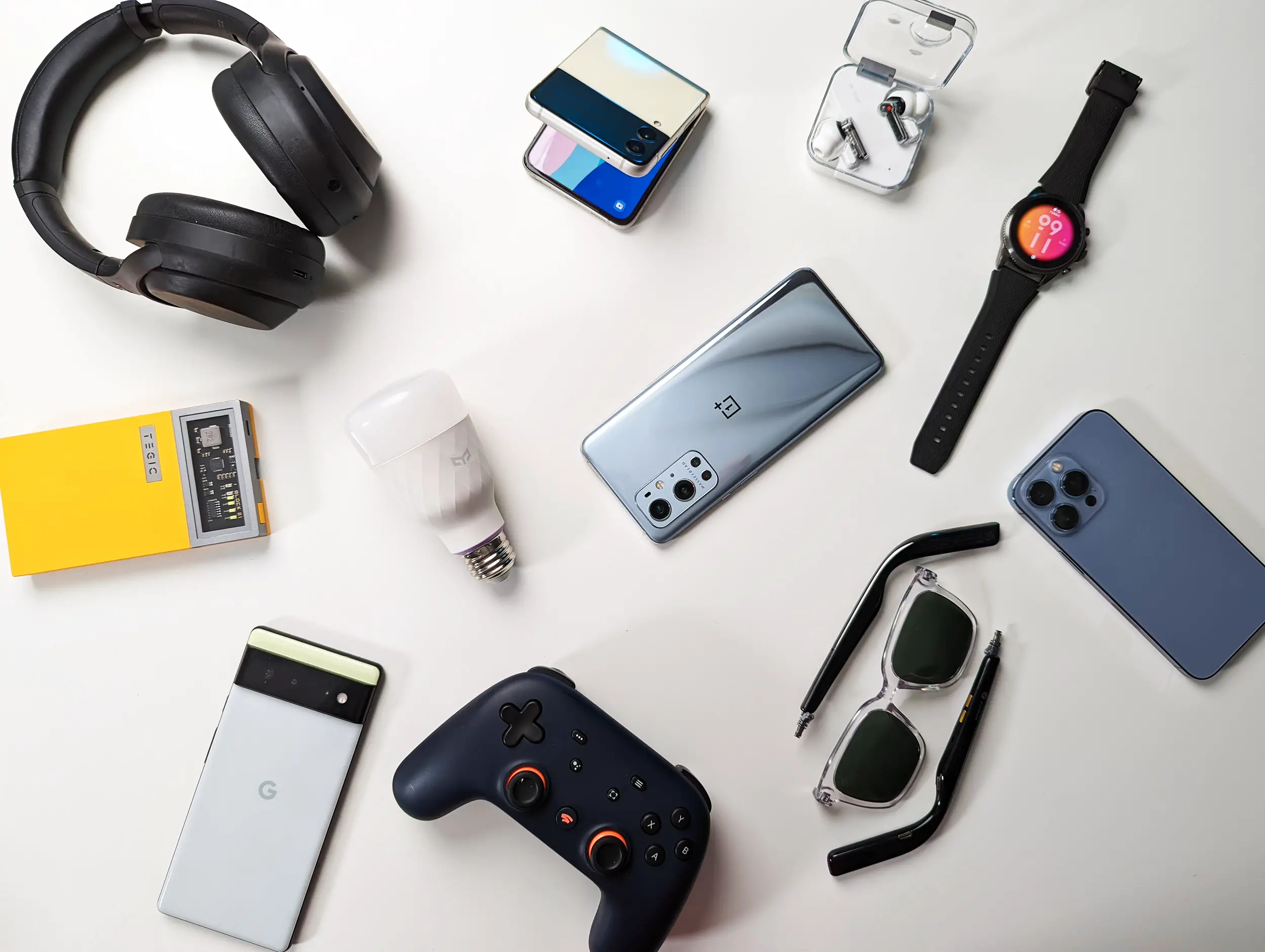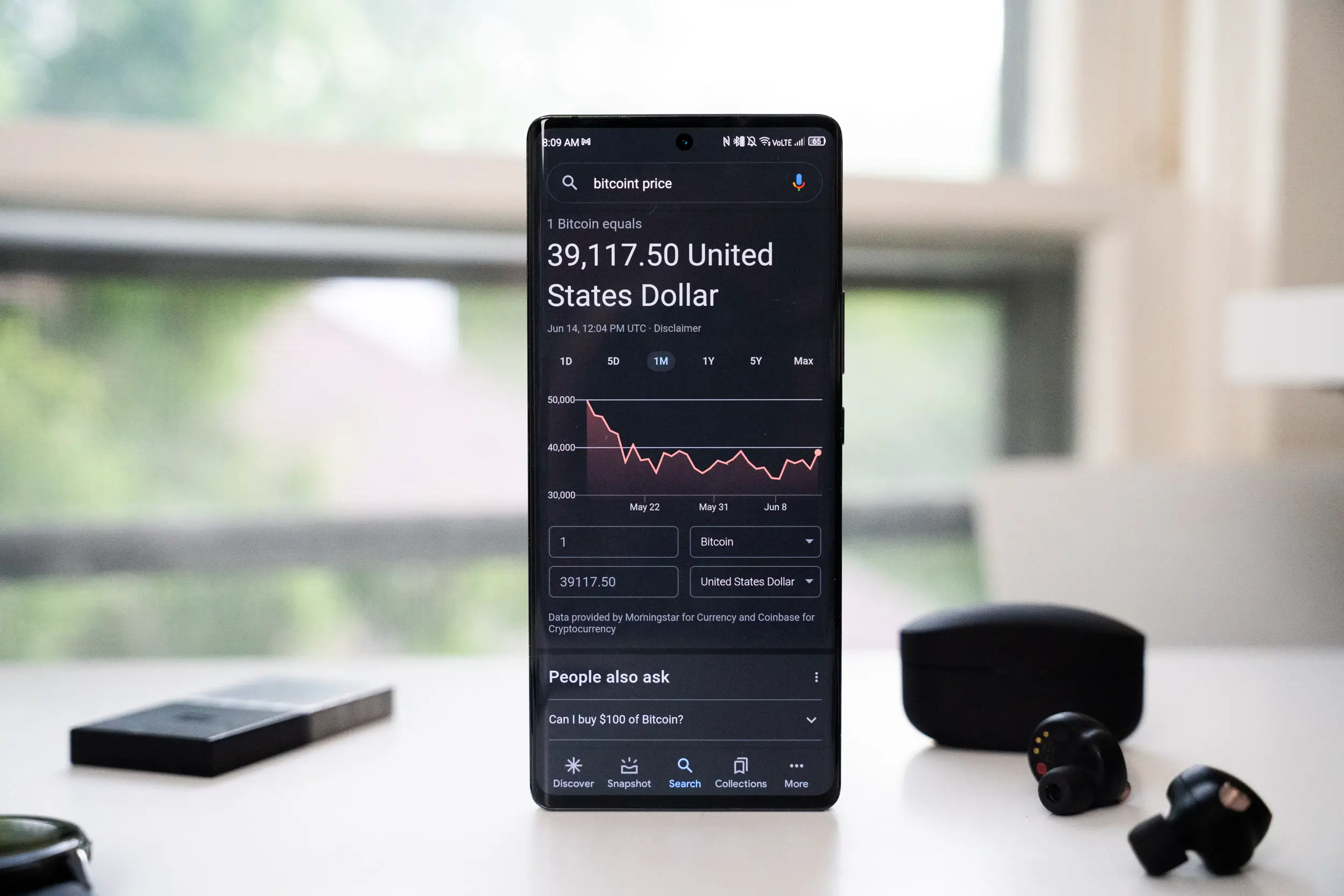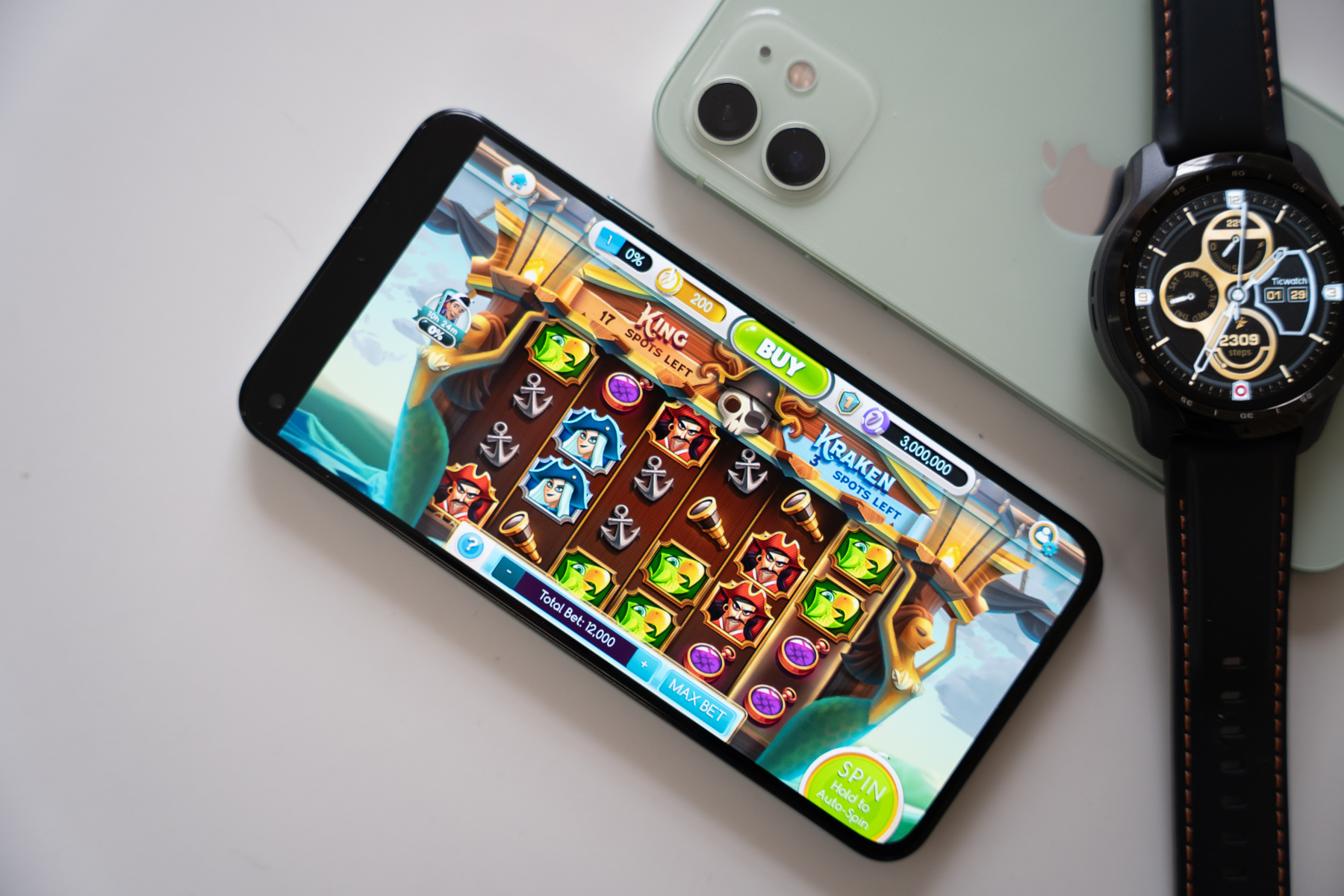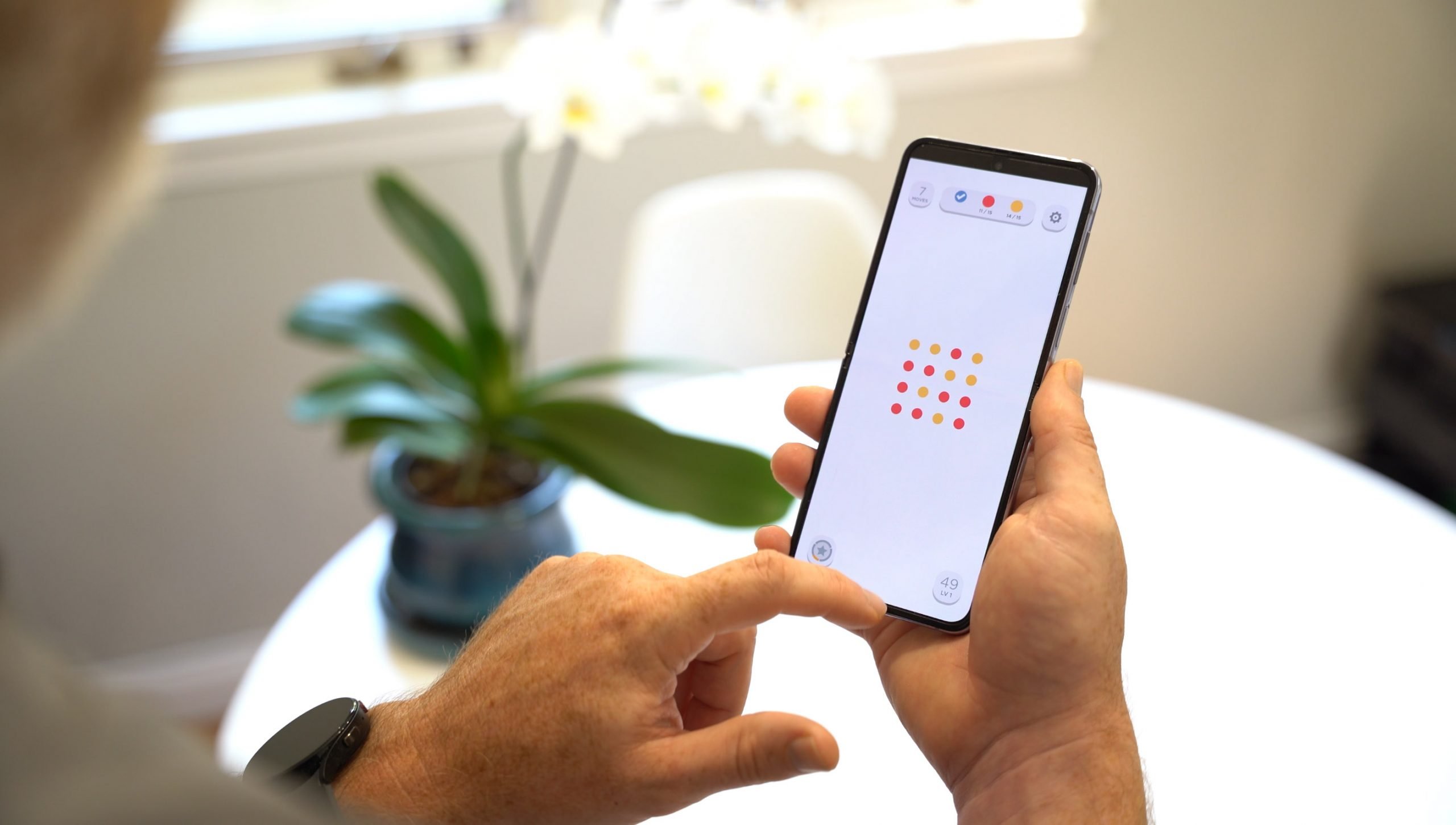It’s nearly that time again, with this year’s long-awaited iteration of Black Friday scheduled to take place on 25th November.
This is now established as a huge consumer extravaganza and one that has become an annual household fixture since 2013 in the UK (it has maintained a presence in the US for much longer).
But where did this holiday originate, and what are the best ways to prepare for Black Friday as a customer when shopping online? Here are some ideas to keep in mind!
What is Black Friday?
As we’ve already touched on, Black Friday 2022 is scheduled to take place on November 25th this year, with this particular event having originated in the US way back during the 1950s.
It first crossed the Atlantic to the UK nine years ago, where it has quickly become a cultural phenomenon and one that sees millions of pounds spent per annum. In fact, the UK accounted for more than 10% of all global Black Friday online searches in 2021, with this figure continuing to increase year-on-year.
There remains some doubt about Black Friday arose historically, with some suggesting that it evolved from the idea that it was often the day that brick-and-mortar stores “moved into the black” (that is become profitable) during the year.
Another theory is that ‘Black Friday’ is a term actually used by US police, to describe their often long and nightmarish shifts dealing with the hordes of shoppers who would flock in search of discounts.
In modern parlance, the term Black Friday is slightly misleading, as the extravaganza can often run for several days prior to the official date. Corporate retailers will also open their stores for extended periods of time to cash in on the phenomenon, so you’ll need to check with individual retailers regarding opening times when looking to shop in-store.
What About Online Black Friday Shopping – Some Top Tips
In the digital age, there’s no doubt that a growing number of consumers now do their Black Friday shopping online.
But what steps can you take to secure the best possible deals this year? Here are some ideas to keep in mind:
#1. Consider Shopping for Deals Through Your Mobile
Processes such as researching and purchasing products are now increasingly carried out through a mobile device, typically a smartphone.
It’s these practices that drive the burgeoning m-commerce marketplace, which according to Insider Intelligence, is expected to double its share of total retail sales between 2020 and 2050.
Retail m-commerce sales peaked at $359.32 billion last year, with this value having increased by 15.2% since 2020. By the year 2025, retail m-commerce sales are projected to peak at an impressive $728.28 billion, creating a scenario where it will account for some 44.2% of retail e-commerce sales in the US.
Because of this burgeoning trend, we’re already seeing retailers offer lucrative offers to mobile users, while leveraging SMS promotions to incentivize consumers both on and offline.
At the same time, shopping through your mobile enables you to identify viable Black Friday deals in real-time, which may prove crucial when dealing with limited-time promotions or a restricted supply of goods.
We’d also recommend downloading a Black Friday VPN client, which enables you to browse sites securely while connected to unsecured public networks and complete purchases without fears that your passwords, transaction details and web traffic will be intercepted.
#2. Start Following Your Favourite Brands on Social Media
Given the widely publicized nature of Black Friday and the fact that brands now run promotions for considerably longer than just 24 hours, it’s more important than ever that you start following your preferred brands and retail partners on social media.
This way, you’ll be among the first to learn about their real-time promotions and Black Friday deals, often more than 24 hours before the official shopping extravaganza starts.
It also optimizes your chances of ensuring that you can buy garments in the color and size that you want, especially as brands will have limited stock ability and are likely to sell significant amounts within a short period of time.
Try to target sites like Instagram, Facebook and Twitter in particular, as the overwhelming majority of retail presence will have a strong and active presence on such sites.
#3. Use a Price Tracker Tool or App
There’s an interesting trend that has developed around Black Friday of late, especially as the event has been extended to include the preceding days and weeks.
This has caused some to speculate that Black Friday isn’t necessarily the best time to buy particular items. In fact, Andy Barr (who co-founded the price-checking website Aletr) has said that deals are often at their most competitive around two weeks or so before the scheduled Black Friday date.
So, it’s recommended that you use price-checking software ahead of Black Friday, in order to identify key troughs (in line with published promotions) and ensure that products are procured at the most competitive deals.












Comments